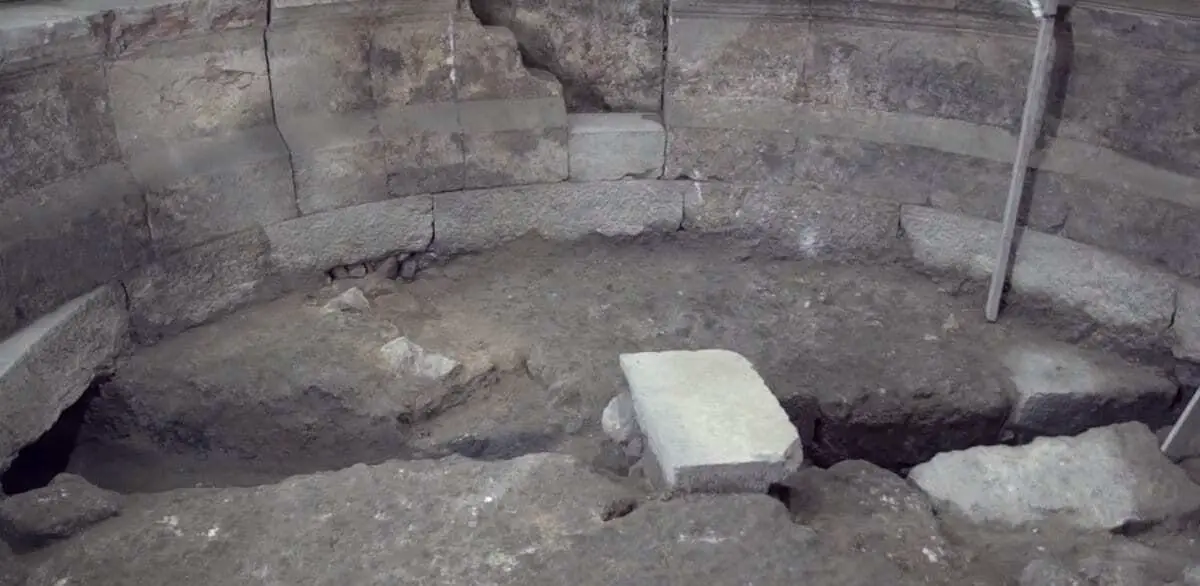Excavations conducted by the Israel Antiques Authority have discovered large portions of stone courses of the Western Wall that has laid buried for 1700 years under Wilson’s Arch in addition to a 200 seat Roman Theatre.
According to site excavators Dr. Joe Uziel, Tehillah Lieberman and Dr. Avi Solomon: “From a research perspective, this is a sensational find. The discovery was a real surprise. When we started excavating, our goal was to date Wilson’s Arch. We did not imagine that a window would open for us onto the mystery of Jerusalem’s lost theatre.
There is no doubt that the exposure of the courses of the Western Wall and the components of Wilson’s Arch are thrilling discoveries that contribute to our understanding of Jerusalem. But the discovery of the theatre-like structure is the real drama.”

The excavators note: “This is a relatively small structure compared to known Roman theatres (such as at Caesarea, Bet She’an and Bet Guvrin). This fact, in addition to its location under a roofed space – leads us to suggest that this is a theatre-like structure of the type known in the Roman world as an odeon.
In most cases, such structures were used for acoustic performances. Alternatively, this may have been a structure known as a bouleuterion – the building where the city council met, in this case the council of the roman colony of Aelia Capitolina – Roman Jerusalem.”

Header Image Credit – IAA





